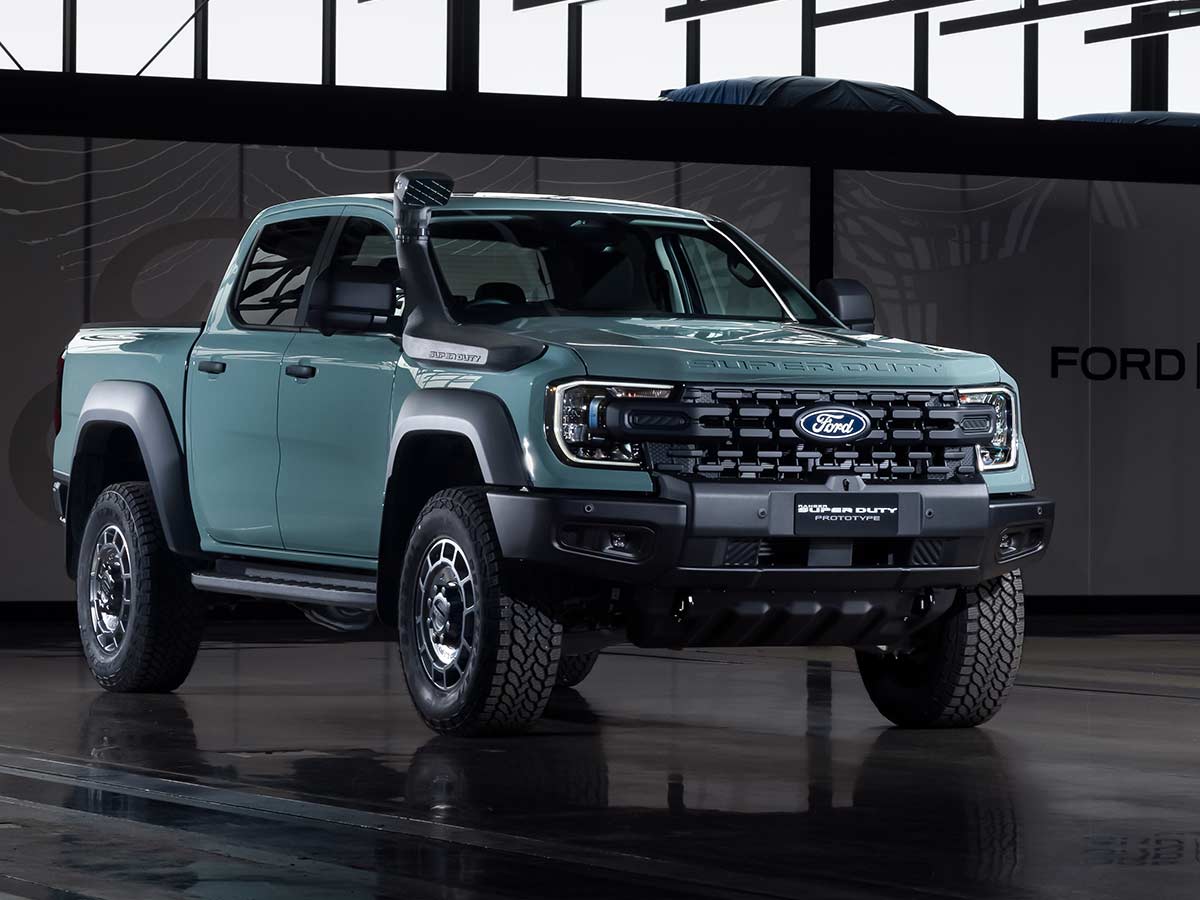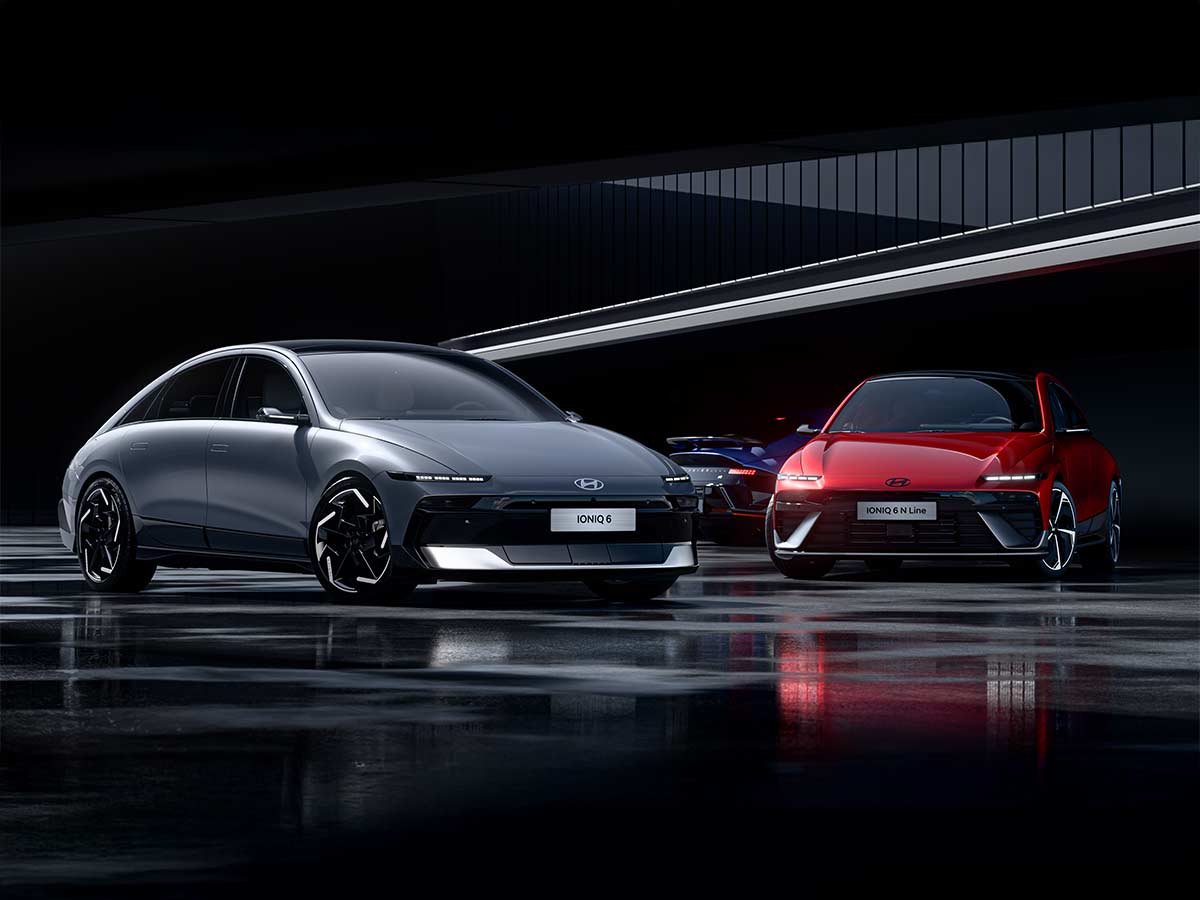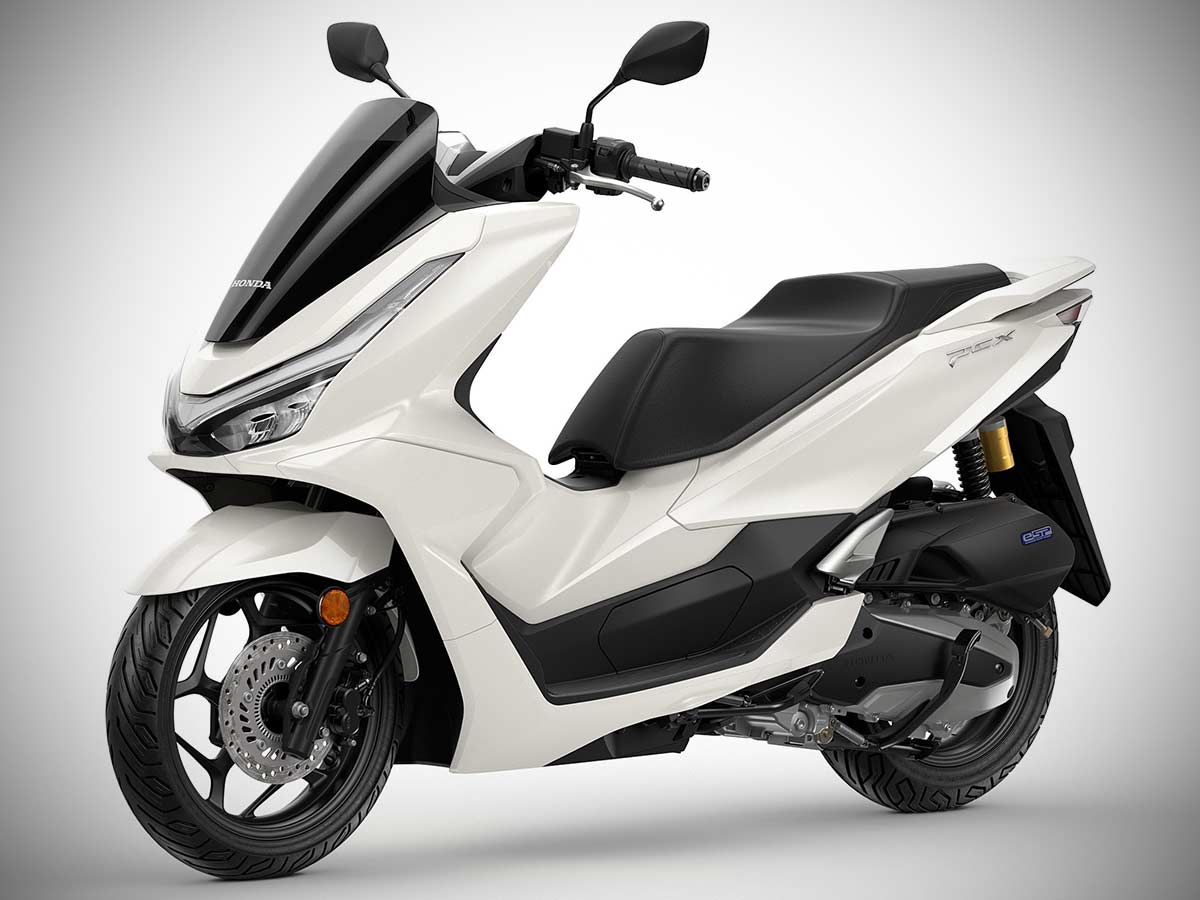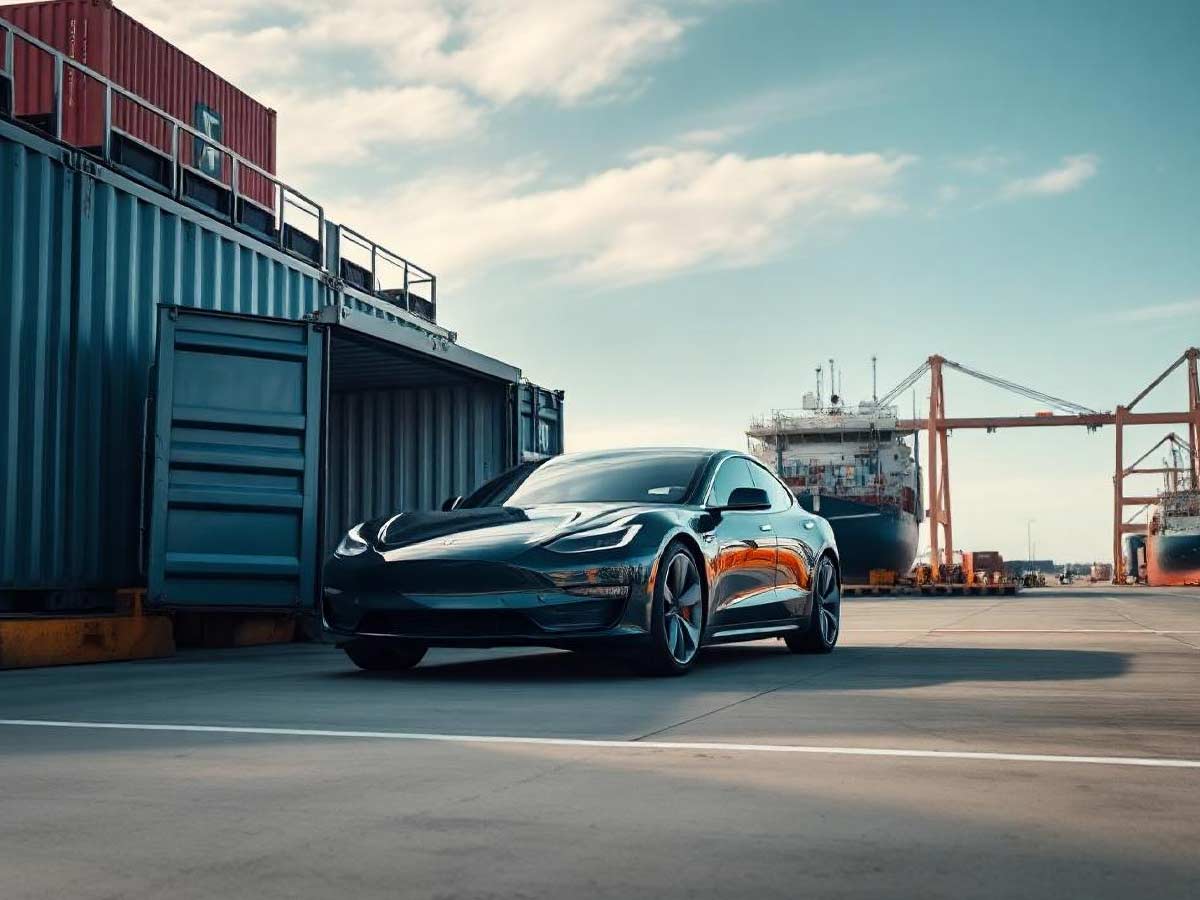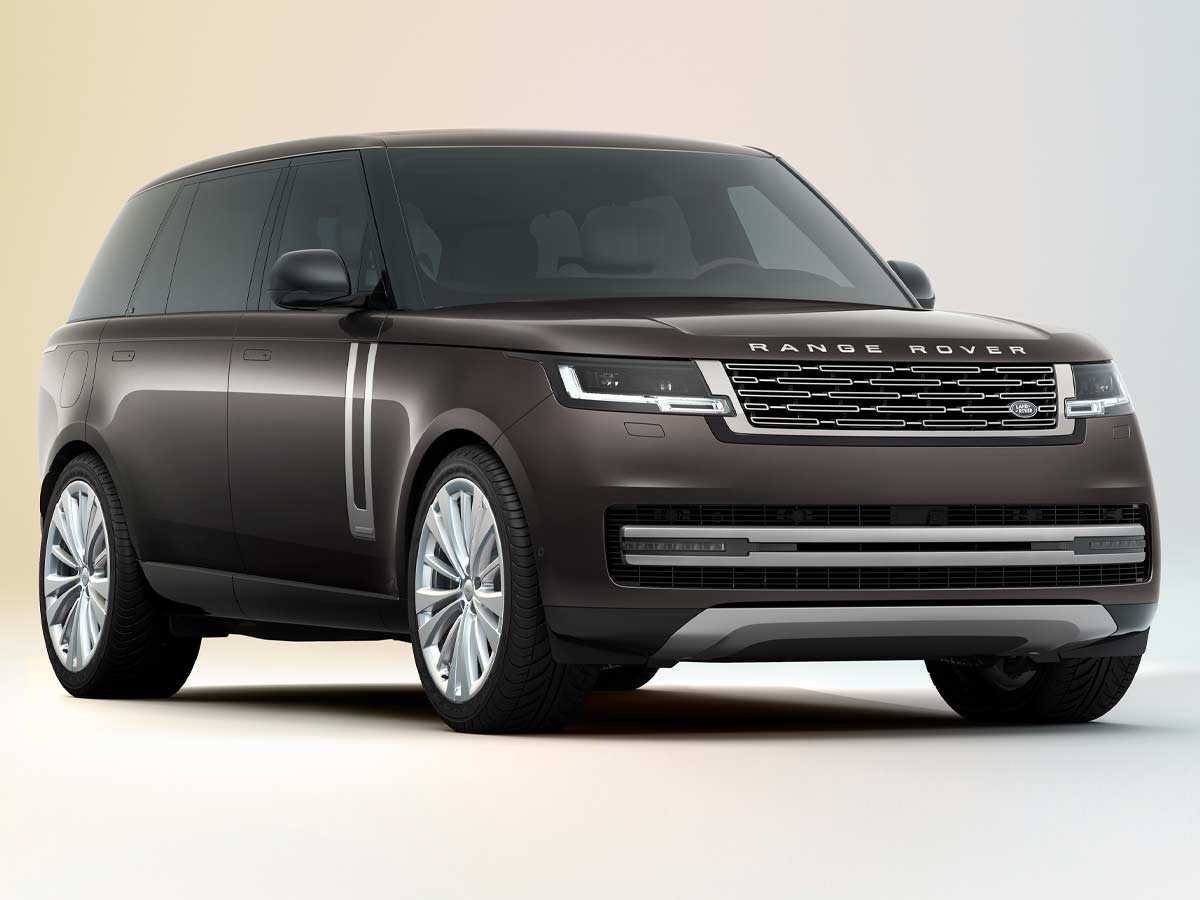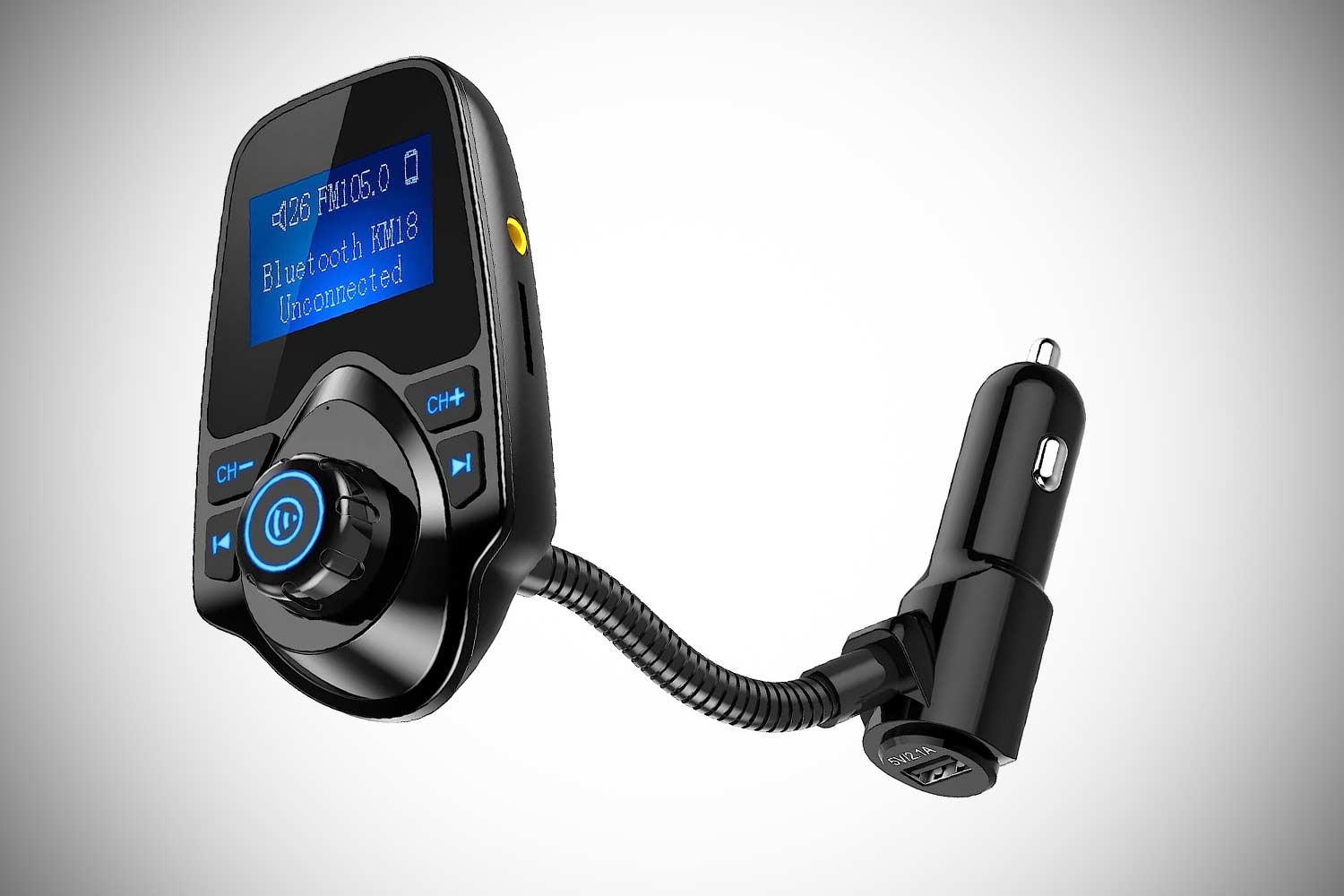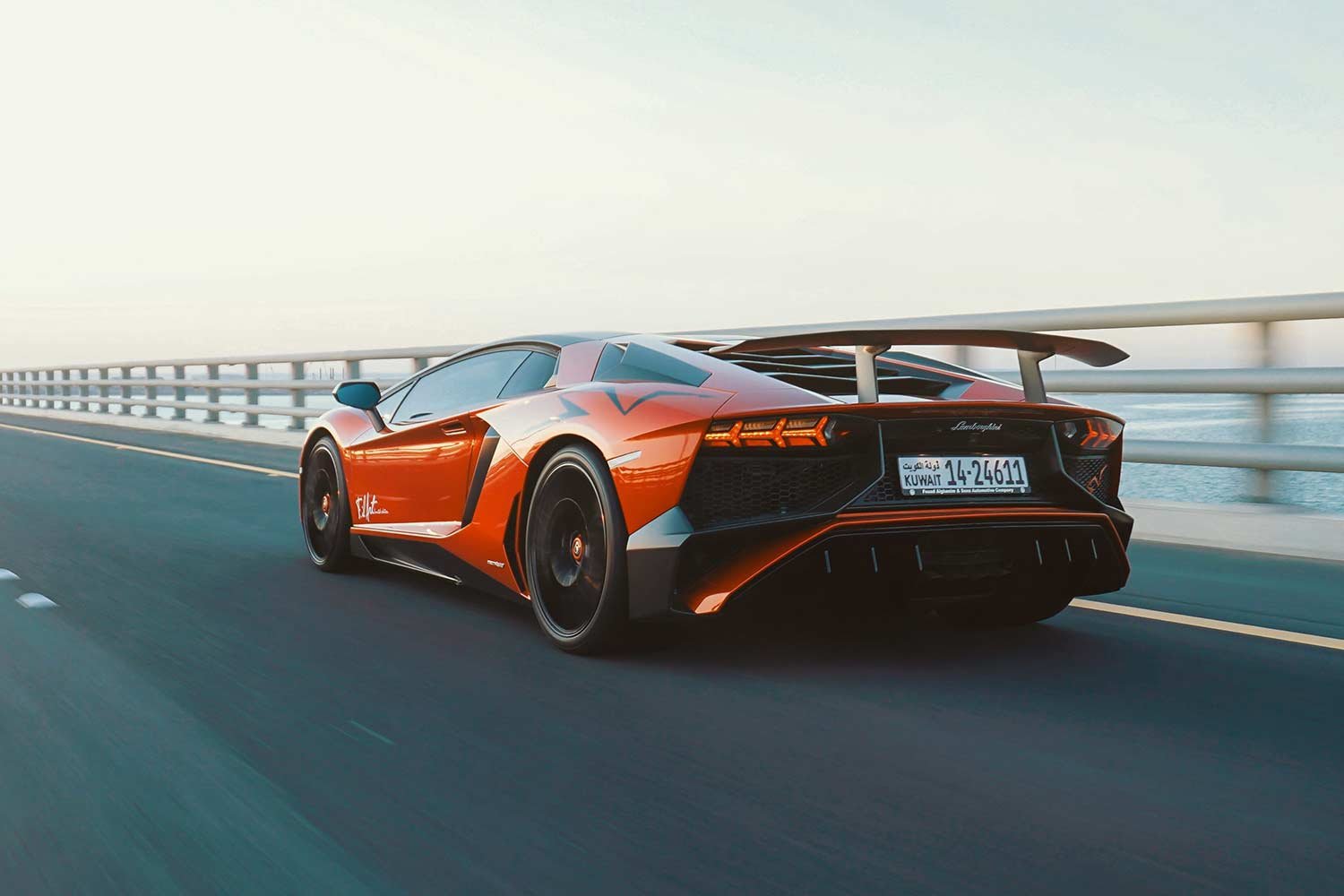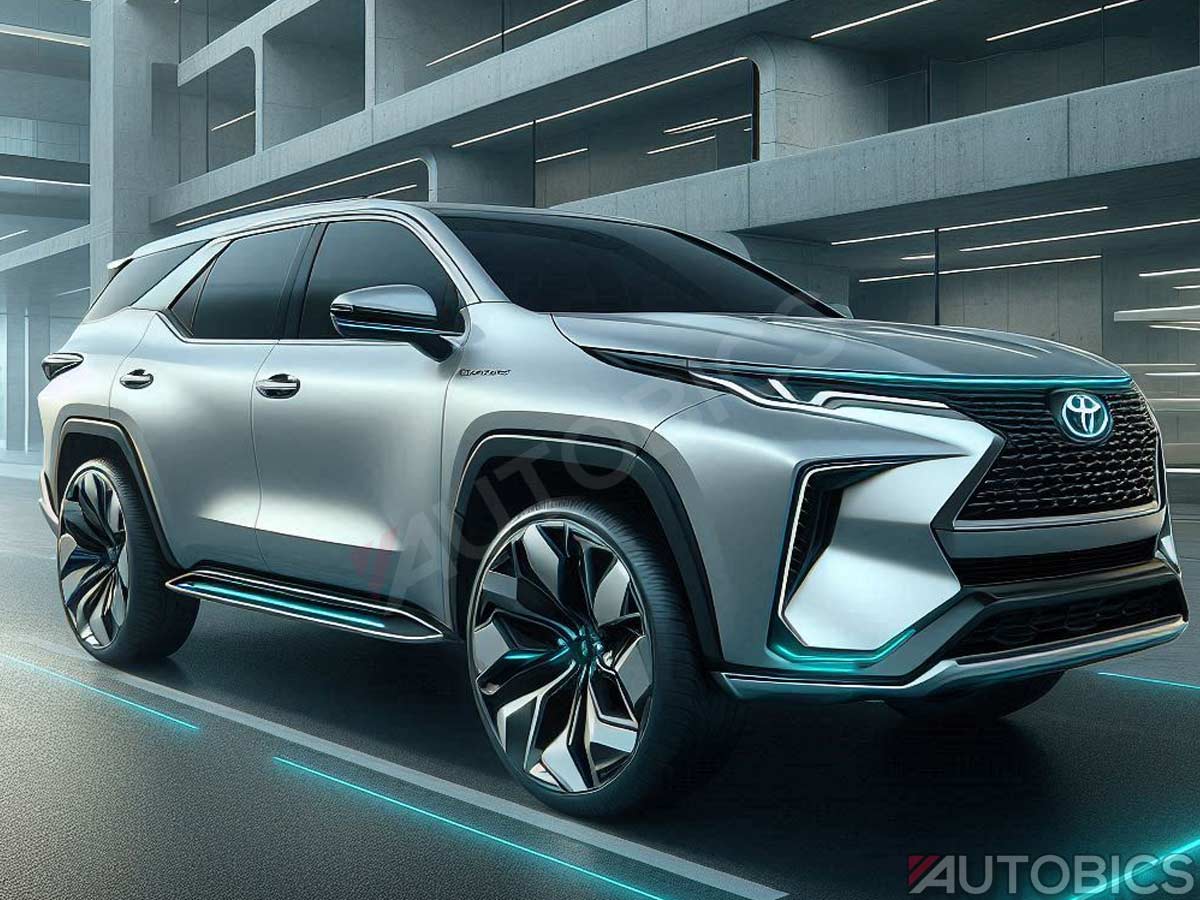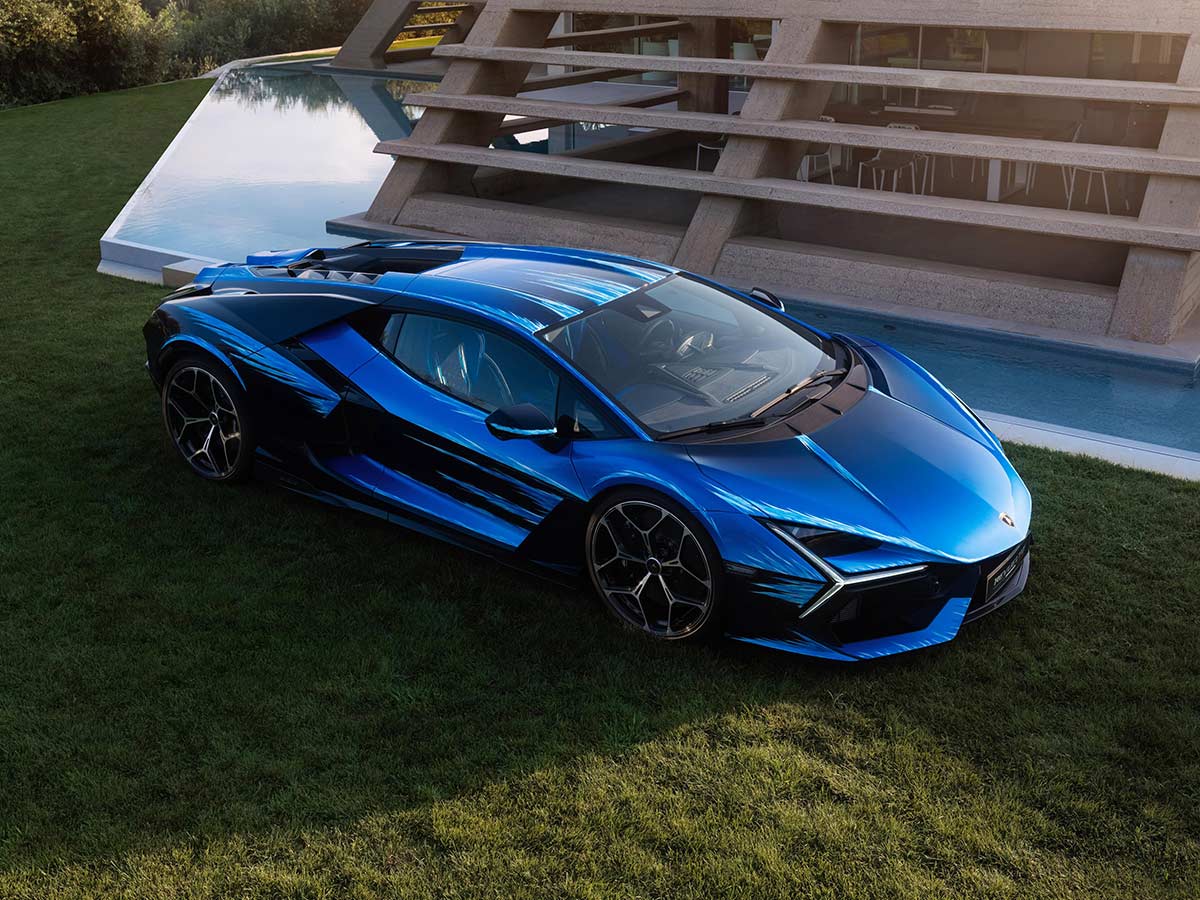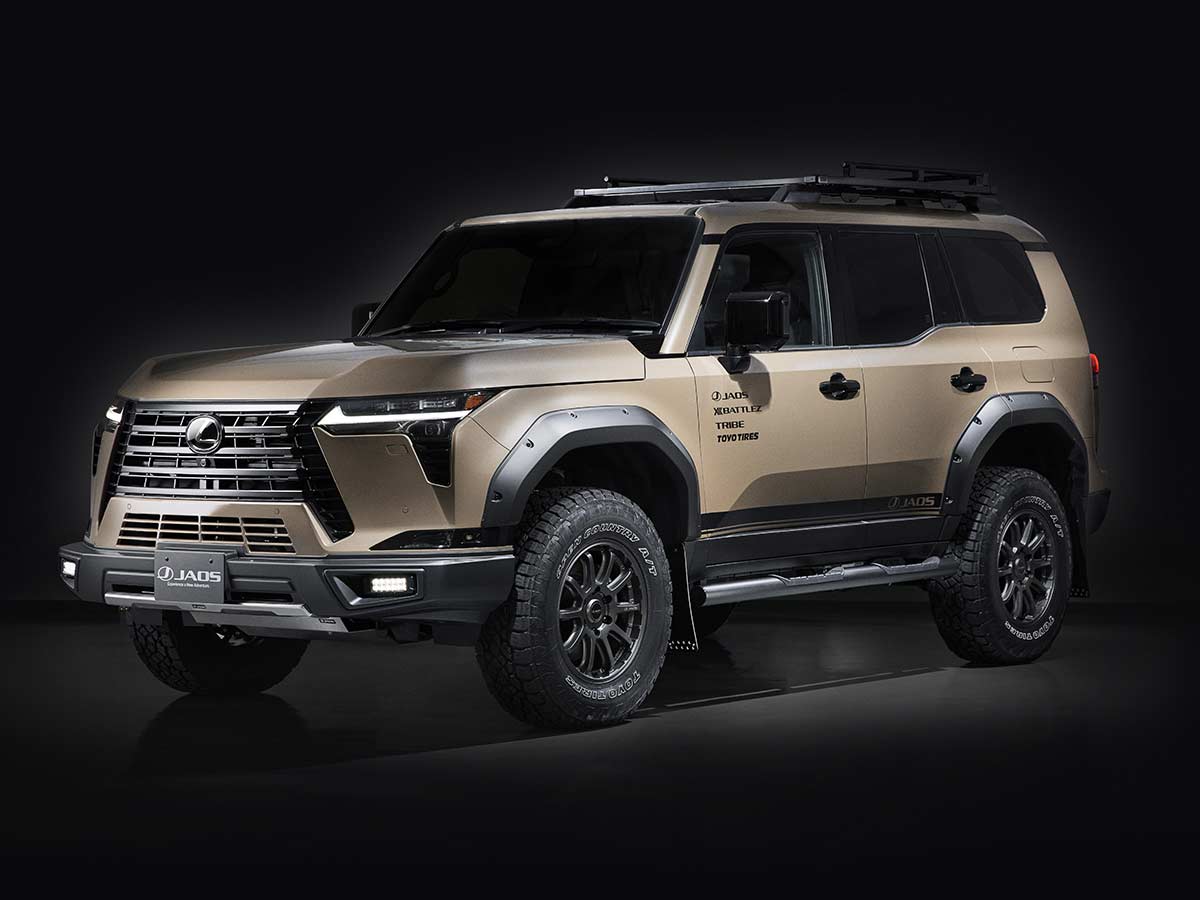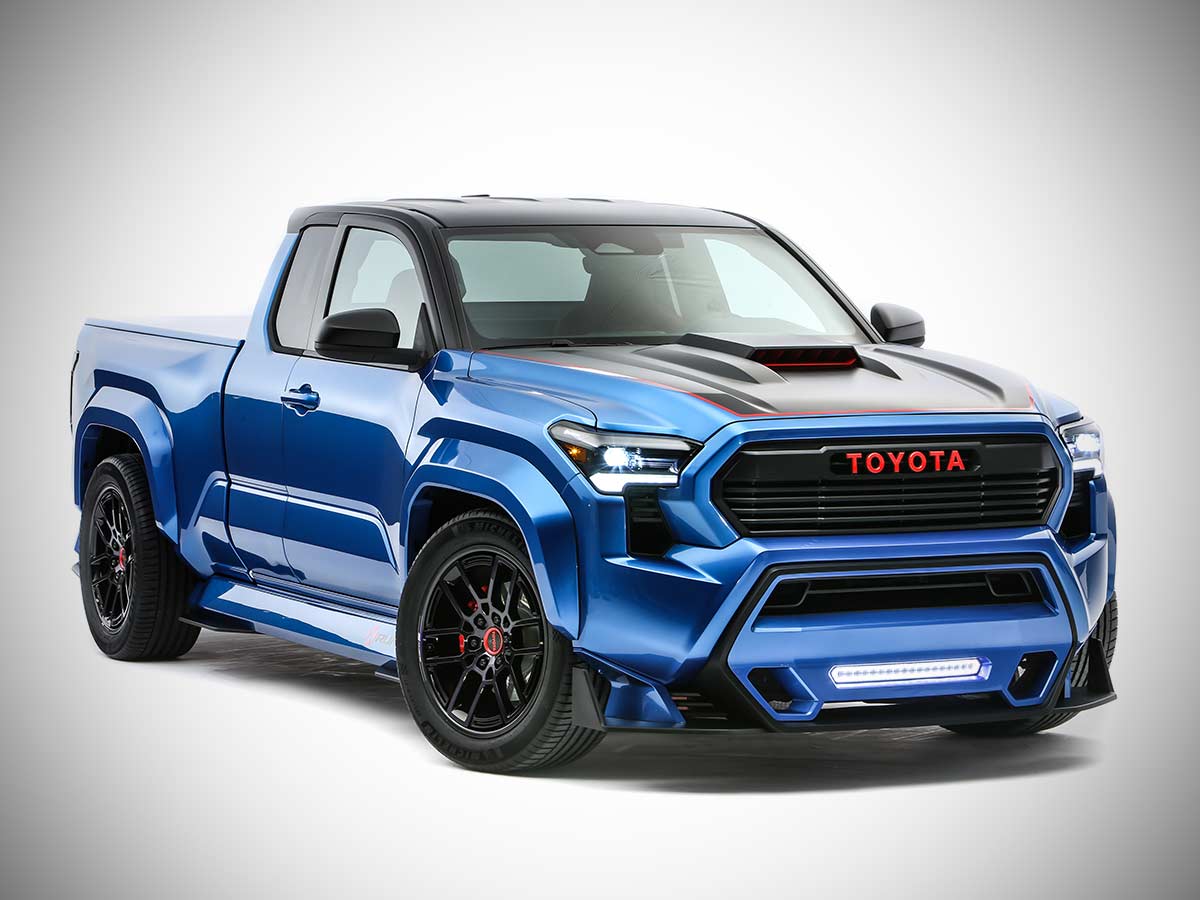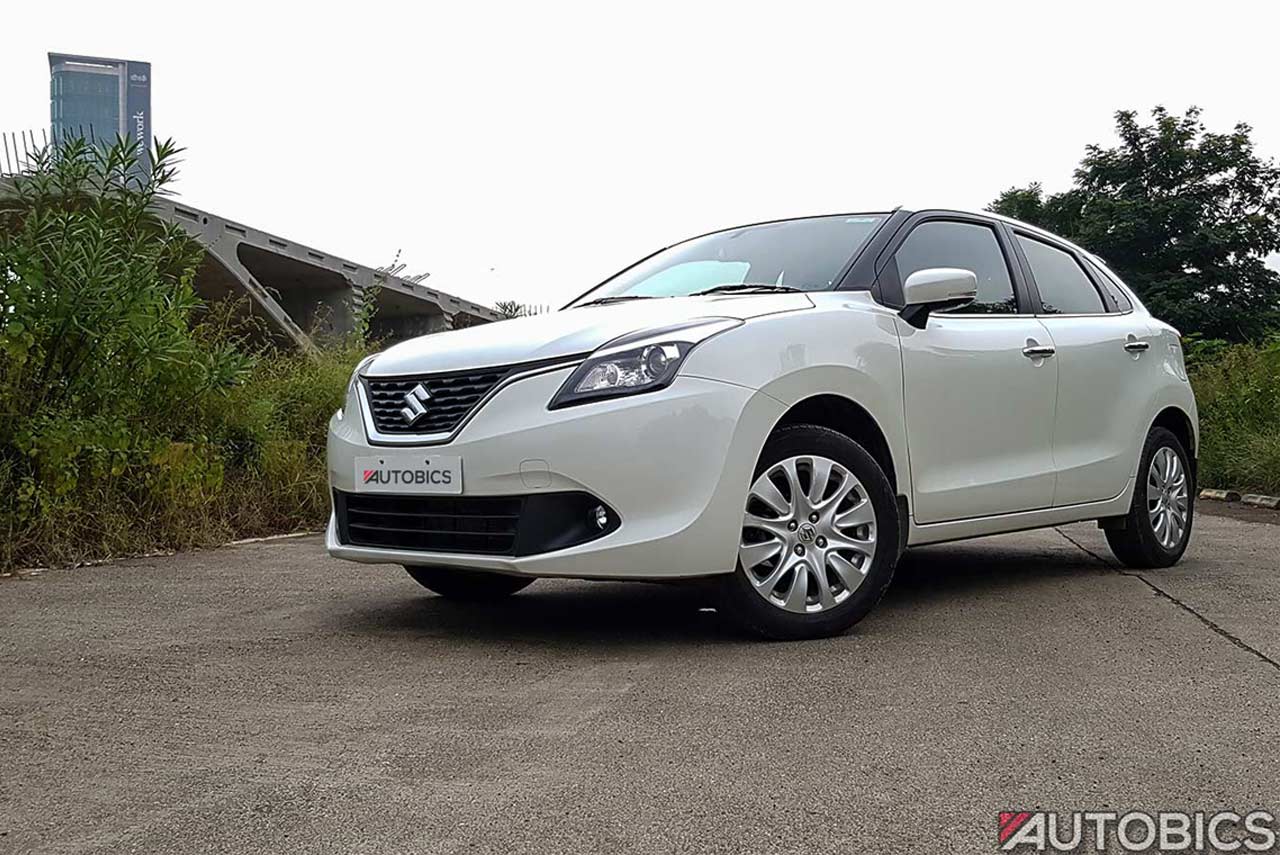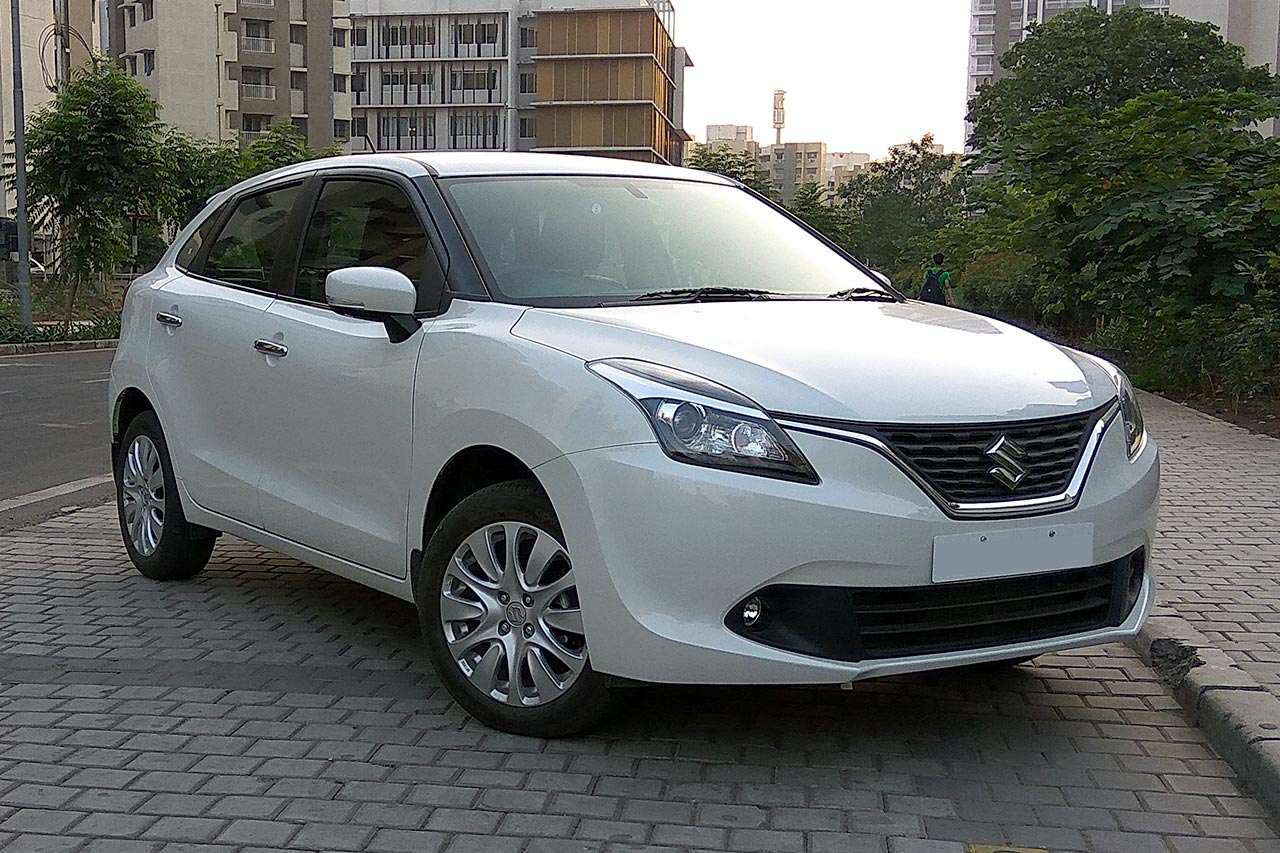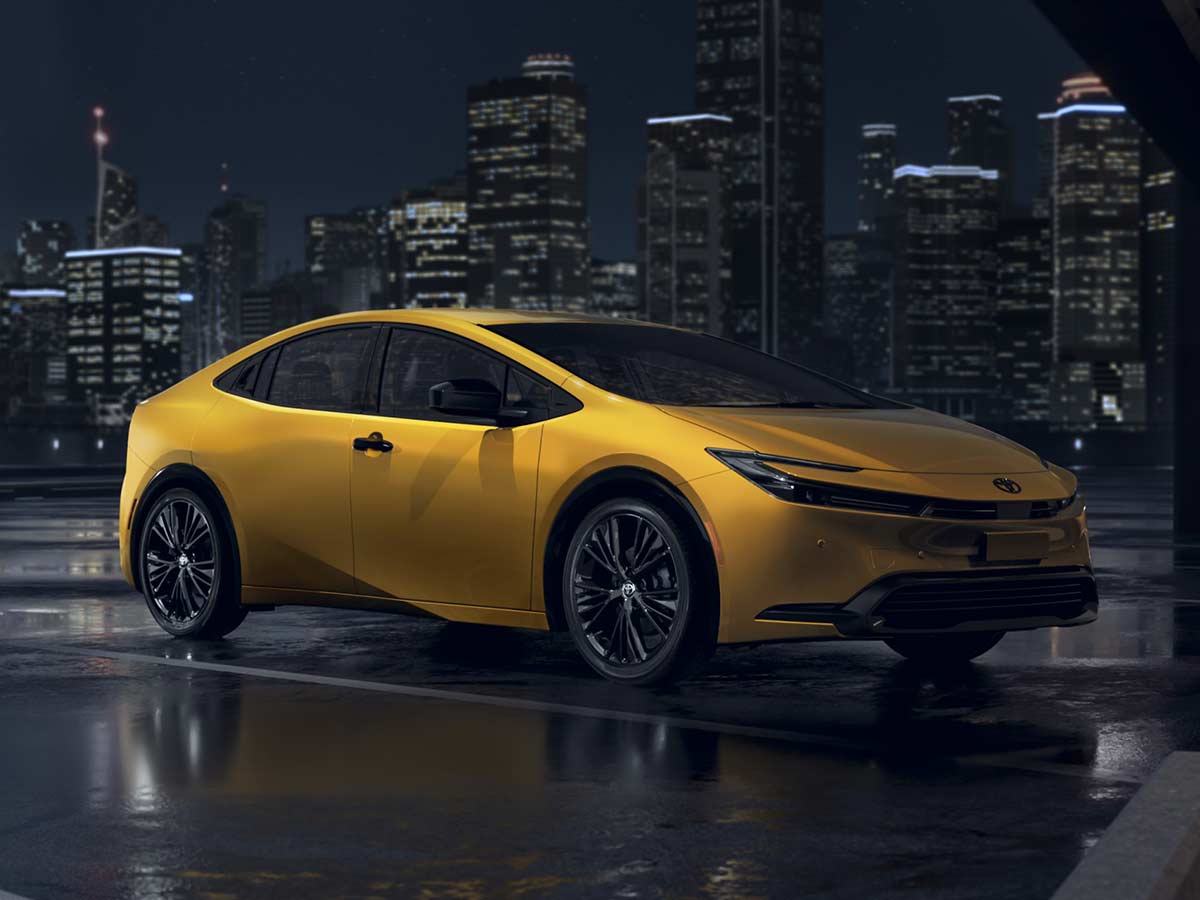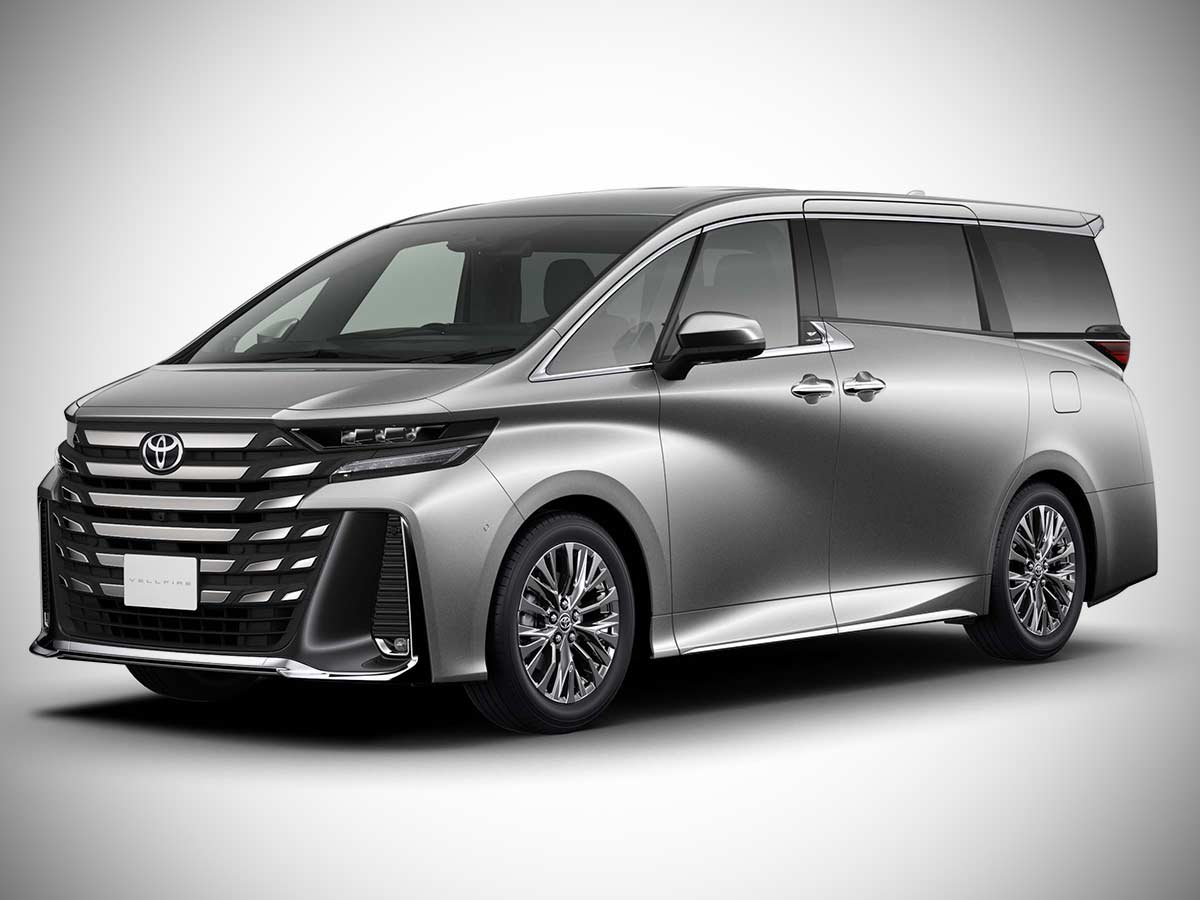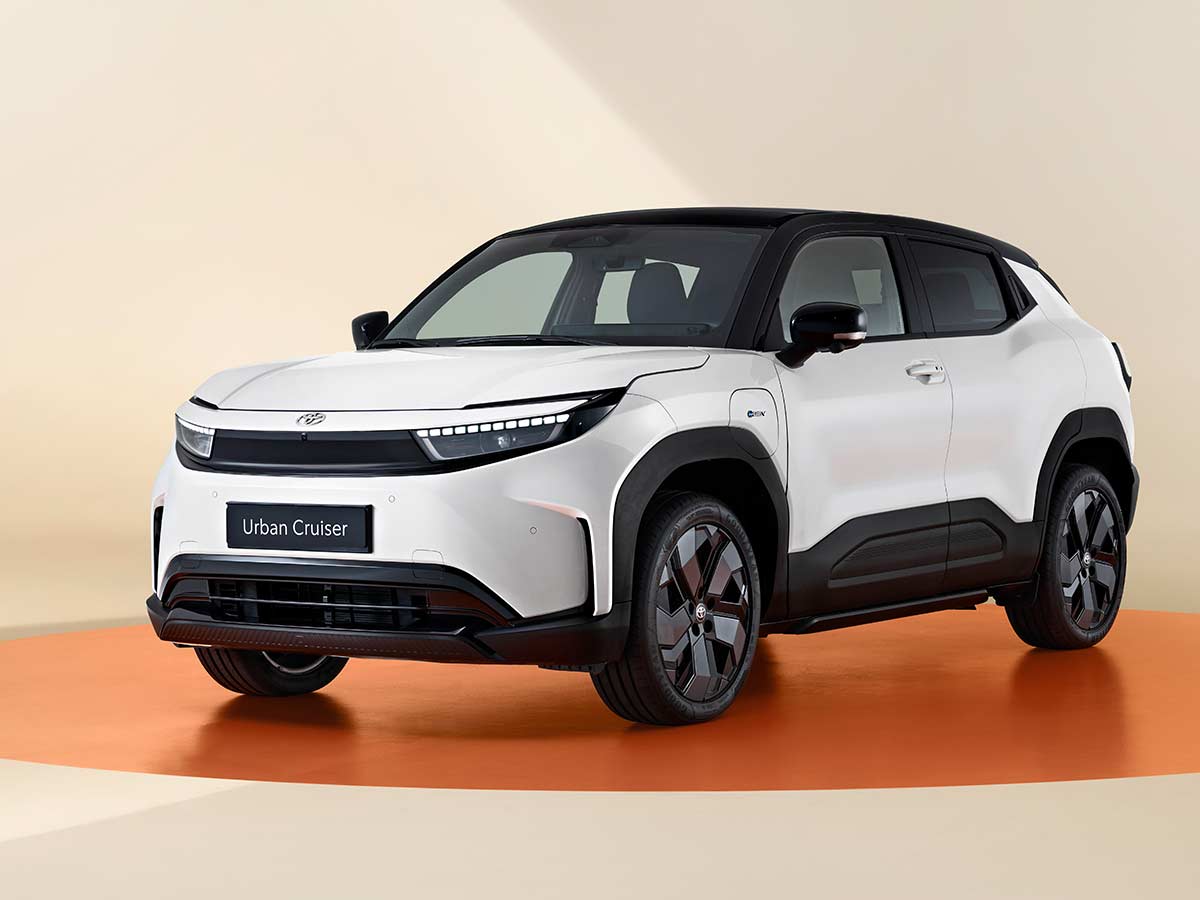The Indian automotive scene, has witnessed the rise and fall of several car models. One such case is the Toyota Etios Liva, a hatchback that entered the market with much promise but struggled to hold its own against segment stalwarts like the Maruti Suzuki Swift. With the recently launched 2024 Swift garnering positive reviews, a question lingers in the minds of many enthusiasts: could a rebadged Swift breathe new life into the Toyota Etios Liva?
A Strategic Alliance in Question
While the idea of a rebadged Swift as the next-gen Etios Liva is certainly intriguing, there are conflicting reports regarding a platform-sharing partnership between Maruti Suzuki and Toyota. Traditionally, both manufacturers have collaborated on projects like Toyota Glanza and Urban Cruiser, which are essentially rebadged versions of the Maruti Suzuki Baleno and Vitara Brezza, respectively. However, recent reports suggest Suzuki might be hesitant to share the new Swift’s platform, potentially derailing the rebadging possibility.
Rebadging: A Double-Edged Sword
There’s no denying that a rebadged Etios Liva would benefit from the Swift’s popularity. However, the success hinges on Toyota’s ability to differentiate the car beyond just the badge. Perhaps offering a unique variant with a more powerful engine or distinct trim levels could be a way to set the Liva apart.
If the next-gen Toyota Etios Liva were to be based on the 2024 Maruti Suzuki Swift, it would likely inherit the Swift’s sleek and sporty design language. The 2024 Swift features a more dynamic front fascia with a larger grille, sharper headlamps, and a sculpted bonnet, all of which contribute to a more aggressive stance. A rebadged Etios Liva could adopt these elements while incorporating subtle Toyota-specific design cues, such as a distinctive front grille and unique alloy wheel designs, to differentiate it from the Swift.
Inside, the new Swift boasts a modern and ergonomic cabin with a host of technological upgrades, including a larger touchscreen infotainment system with Apple CarPlay and Android Auto, a digital instrument cluster, and improved material quality. The speculative next-gen Etios Liva would likely feature a similar interior layout, with Toyota possibly adding its own flair in terms of upholstery options, dashboard trims, and a few additional features to enhance the perceived value and appeal.
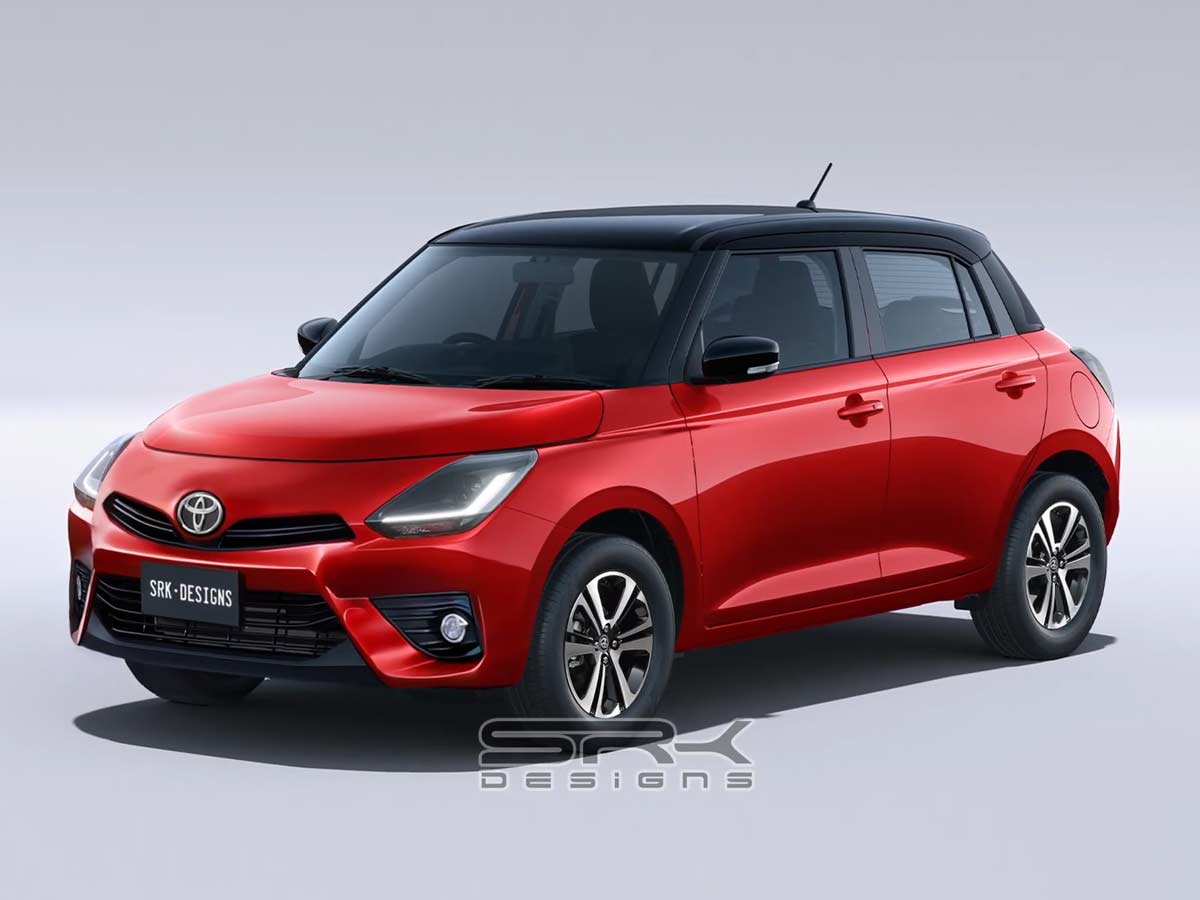
Market Positioning and Competition
Positioning the next-gen Toyota Etios Liva in the competitive Indian hatchback market would require strategic pricing and feature differentiation. The Maruti Suzuki Swift has a well-established reputation for being a value-for-money proposition, and a rebadged Etios Liva would need to offer comparable or superior features at a competitive price point to attract buyers. Toyota could leverage its brand’s perception of reliability and after-sales service excellence to carve out a niche for the Etios Liva, distinguishing it from the Swift and other rivals such as the Hyundai i10 and Tata Tiago.
As speculation continues to swirl, the concept of the next-gen Toyota Etios Liva based on the 2024 Maruti Suzuki Swift remains an enticing possibility. While there are no official confirmations and several challenges to overcome, the successful collaboration between Toyota and Suzuki in the past provides a solid foundation for such a model to emerge. Whether this speculation turns into reality or remains a tantalizing ‘what-if’ scenario, it undeniably adds to the excitement and dynamism of the Indian automotive market, keeping enthusiasts and industry observers eagerly watching for the next big development.
In the meantime, prospective buyers can look forward to more innovation and competition in the compact hatchback segment, driving improvements in design, performance, and value for money. Whether it’s a rebadged Swift or an entirely new model, the future of the Toyota Etios Liva, and indeed the entire hatchback segment, looks promising.

